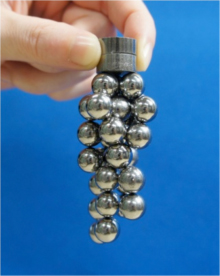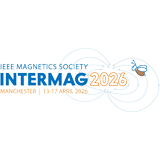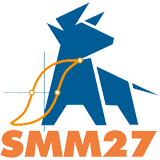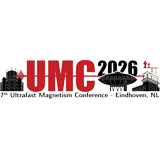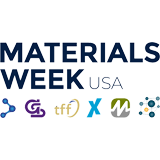|
AIST Makes Isotropic Sm-Fe-N-based Magnet by Sintering
8/3/2011 |
|
|
A Japanese research group developed a technology to sinter isotropic Sm-Fe-N (samarium-iron-nitrogen)-based magnet powder that does not contain Dy (dysprosium) with a relative density of 90% or higher.
The technology was developed by researchers at Japan's National Institute of Advanced Industrial Science and Technology (AIST) Materials Research Institute for Sustainable Development.
The coercive force of Nd-Fe-B (neodymium-iron-boron)-based magnet, which is widely used, is enhanced by adding Dy. Dy is a heavy rare-earth element. The amount of its deposit is small, and it can be mined in only a few regions. As a result, its import price is soaring.
All of the Dy used for Nd-Fe-B-based magnets made in Japan is imported. So, a short supply of Dy might affect the production of electric vehicles (EVs), which use a large amount of magnets, in the future in Japan. Therefore, it is required to develop a high-performance magnet that does not use Dy.
Sm-Fe-N-based magnet powder is a magnet material that has the second best properties after Nd-Fe-B-based magnets. And it is expected to be used as a high-performance magnet material that does not contain Dy.
However, despite its high properties as magnet powder, its magnetic properties are lost when it is sintered at a temperature of 500%deg;C or higher. Therefore, it has been impossible to make a high-performance sintered magnet by using a normal sintering method. As a result, only Sm-Fe-N-based magnet powders solidified by using, for example, resin have been sold as products (bond magnets).
AIST has been engaged in the development of a technology to sinter Sm-Fe-N-based magnet powder. In the past, it developed a technology to densely sinter amorphous alloy powder at a low temperature. But it could not increase the density, and the maximum energy product did not reach 100kJ/m3.
This time, AIST sintered Sm-Fe-N-based magnet powder at a temperature of about 400ºC so that its magnet performance does not deteriorate. Moreover, to make a sintered magnet with a high relative density, it combined the pulse electric current sintering method, which uses pulse current for sintering, and servo pressing, which is for controlling load.
In the pulse electric current sintering method, current pulse is applied to a metal mold that contains powder. The metal mold and powder are electric resistive. Therefore, when electric current is applied to the metal mold and powder, they generate heat. Because this is a direct-heating method, it can prevent the crystal structure from changing by quickly raising temperature.
In addition, by using pulse current for skin effect, it becomes possible to promote bonding on the boundary surface of the powder without raising the temperature of the powder. As a result, Sm-Fe-N-based magnet powder can be sintered without lowering its properties.
Furthermore, the density was enhanced by using servo pressing and controlling load with a program. And the relative density was increased by using a hard metal for the metal mold to increase the load created by servo pressing. As a result, it became possible to form a sintered body with a high density at a low temperature.
AIST used isotropic Sm-Fe-N-based magnet powder made by Daido Steel Co Ltd and formed an isotropic sintered magnet with a relative density of 90% or higher at a sintering temperature of 400ºC (holding time: one minute).
The remanent flux density, coercive force and maximum energy product of the formed isotropic sintered magnet are 0.91T (9.1kG), 770kA/m (9.68kOe) and 129kJ/m3 (16.2MGOe), respectively. They are about 70%, 80% and 40% those of a normal Nd-Fe-B-based magnet.
The high-performance isotropic magnet is a sintered body that does not contain resin and has higher heat resistance and oxidation resistance than Nd-Fe-B-based magnets. Therefore, it is expected to be used in a high-temperature, high-humidity environment. Also, the performance of the new isotopic Sm-Fe-N-based sintered magnet is expected to be further enhanced by improving the material characteristics and controlling crystals.
Motohiko Hamada, Nikkei Automotive Technology |
|
|
|
|
|

